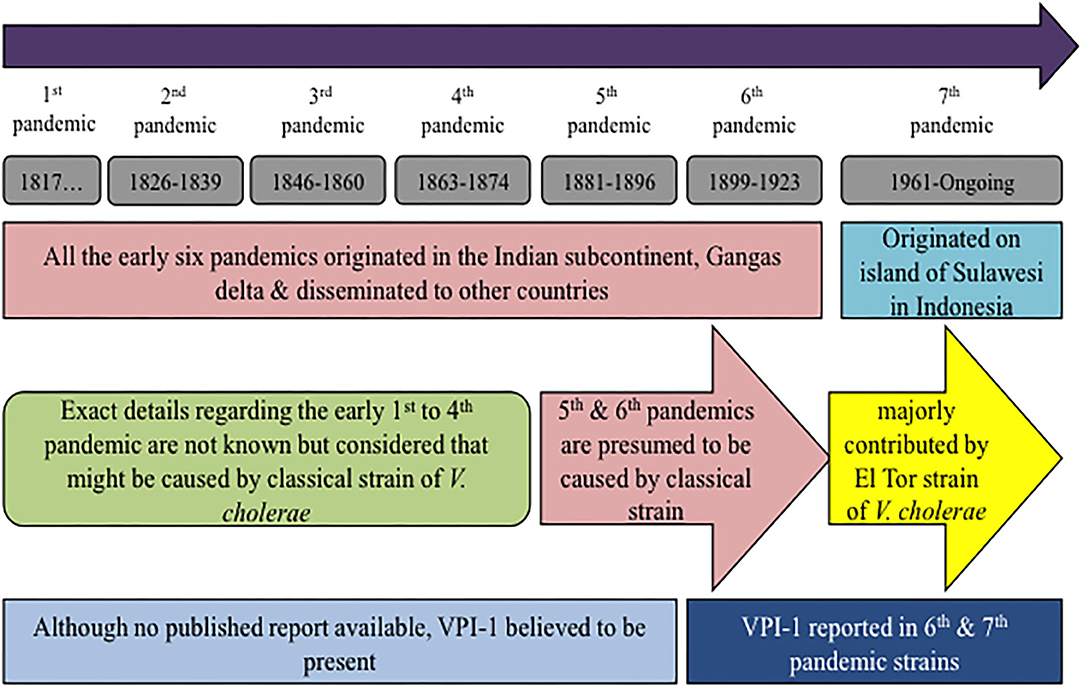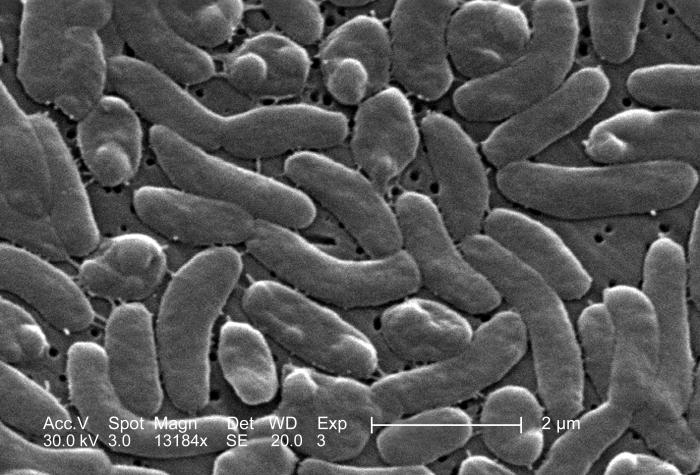Cholera, often abbreviated as “Chol.”, is a severe diarrheal disease that has plagued humanity for centuries. It remains a significant public health concern in many parts of the world, particularly in regions with inadequate access to clean water and proper sanitation. This article delves into the nature of this disease, its causes, and effective strategies for prevention.

What is Cholera?
Cholera is an acute intestinal infection caused by the bacterium Vibrio cholerae. The disease is characterized by sudden onset of profuse watery diarrhea, which can lead to severe dehydration and even death if not treated promptly. Cholera outbreaks often occur in areas with poor water and sanitation infrastructure, making it a disease closely linked to socioeconomic conditions.
Symptoms of Cholera
- Watery diarrhea, often described as “rice-water stools” due to its pale, milky appearance
- Vomiting
- Rapid heart rate
- Low blood pressure
- Excessive thirst
- Muscle cramps
- Restlessness or irritability
In severe cases, dehydration can progress rapidly, leading to shock and death within hours if left untreated. However, with prompt rehydration therapy, most individuals recover fully.
The Causes of Cholera
Cholera is caused by the bacterium Vibrio cholerae, which thrives in aquatic environments. The bacteria produce a toxin that disrupts the normal function of the intestines, leading to the characteristic symptoms of the disease. Understanding how the bacteria spread is crucial to preventing outbreaks.
Transmission of the Disease
The primary mode of transmission for cholera is through contaminated water or food. The bacteria are often found in water sources that have been polluted by fecal matter from infected individuals. Here are some common ways the disease spreads:
- Consumption of water from contaminated sources such as rivers, lakes, or wells
- Eating raw or undercooked seafood harvested from contaminated waters
- Consumption of fruits and vegetables washed with contaminated water
- Poor hygiene practices, such as not washing hands after using the toilet
Once ingested, the bacteria attach to the lining of the small intestine and release a toxin that causes the intestines to secrete large amounts of water, resulting in diarrhea.
Risk Factors for Cholera
Certain factors increase the likelihood of contracting cholera. These include:
- Lack of access to clean drinking water
- Inadequate sanitation facilities
- Living in overcrowded conditions, such as refugee camps or urban slums
- Natural disasters like floods or earthquakes that disrupt water and sanitation systems
- Traveling to regions where cholera is endemic
Individuals with weakened immune systems, such as those with malnutrition or chronic illnesses, are also at higher risk of developing severe symptoms.
Prevention of Cholera
Preventing cholera involves addressing the root causes of the disease, particularly the lack of access to clean water and proper sanitation. Public health measures, individual actions, and medical interventions all play a role in reducing the incidence of cholera.
Improving Water and Sanitation Infrastructure
One of the most effective ways to prevent cholera is by ensuring access to safe drinking water and adequate sanitation facilities. Governments and organizations can implement the following measures:
- Building and maintaining water treatment plants to purify drinking water
- Constructing proper sewage systems to prevent contamination of water sources
- Providing communities with access to latrines and handwashing stations
- Conducting regular monitoring of water quality to detect contamination early
These efforts require significant investment but yield long-term benefits in terms of public health and economic development.
Promoting Hygiene Practices
Good personal hygiene is essential for preventing the spread of cholera. Simple practices can make a significant difference:
- Washing hands thoroughly with soap and clean water, especially before eating and after using the toilet
- Avoiding consumption of raw or undercooked seafood
- Peeling fruits and vegetables before eating them
- Boiling or treating drinking water to kill harmful bacteria
Public awareness campaigns can educate communities about these practices and encourage their adoption.
Vaccination Against Cholera
Cholera vaccines are available and can provide protection against the disease. The World Health Organization recommends the use of oral cholera vaccines in areas at high risk of outbreaks. These vaccines are administered in two doses and offer moderate to high levels of protection for several years.
Mass vaccination campaigns can be particularly effective during emergencies, such as natural disasters or humanitarian crises, when the risk of cholera transmission is heightened. However, vaccines should complement, not replace, efforts to improve water and sanitation infrastructure.
Early Detection and Treatment
Timely detection and treatment of cholera cases are critical to preventing outbreaks from spiraling out of control. Healthcare providers should be trained to recognize the symptoms of cholera and initiate treatment immediately. Oral rehydration solutions, which replace lost fluids and electrolytes, are the cornerstone of cholera treatment and can be administered at home or in healthcare settings.
In severe cases, intravenous fluids may be necessary to address dehydration. Antibiotics can also be used to shorten the duration of the illness, although they are not a substitute for rehydration therapy.
The Global Impact of Cholera
Cholera continues to affect millions of people worldwide, particularly in low-income countries. According to the World Health Organization, there are an estimated 1.3 million to 4 million cases of cholera each year, resulting in tens of thousands of deaths. The disease disproportionately affects vulnerable populations, including children, the elderly, and those living in poverty.
Endemic and Epidemic Regions
Cholera is endemic in many parts of Africa, Asia, and Latin America, where it persists as a public health challenge. Outbreaks often occur during rainy seasons or in the aftermath of natural disasters, when water sources become contaminated and sanitation systems are overwhelmed.
In recent years, conflicts and humanitarian crises have exacerbated the spread of cholera. For example, prolonged civil wars and displacement of populations have led to outbreaks in countries like Yemen and Haiti. Addressing these outbreaks requires coordinated international efforts and sustained investment in public health infrastructure.
The Role of Global Health Organizations
Global health organizations, such as the World Health Organization and UNICEF, play a vital role in combating cholera. These organizations provide technical support, funding, and resources to affected countries. They also facilitate research into new treatments and vaccines, as well as initiatives to improve water and sanitation systems.
Partnerships between governments, non-governmental organizations, and local communities are essential for implementing effective cholera prevention and control programs. By working together, stakeholders can reduce the burden of this preventable disease and improve the quality of life for millions of people.
Conclusion
While we do not provide a conclusion here, it is clear that cholera remains a significant global health issue. Understanding its causes and implementing effective prevention strategies are key to reducing its impact. Continued efforts to improve water and sanitation infrastructure, promote hygiene practices, and expand access to vaccines will help protect communities from this devastating disease.





